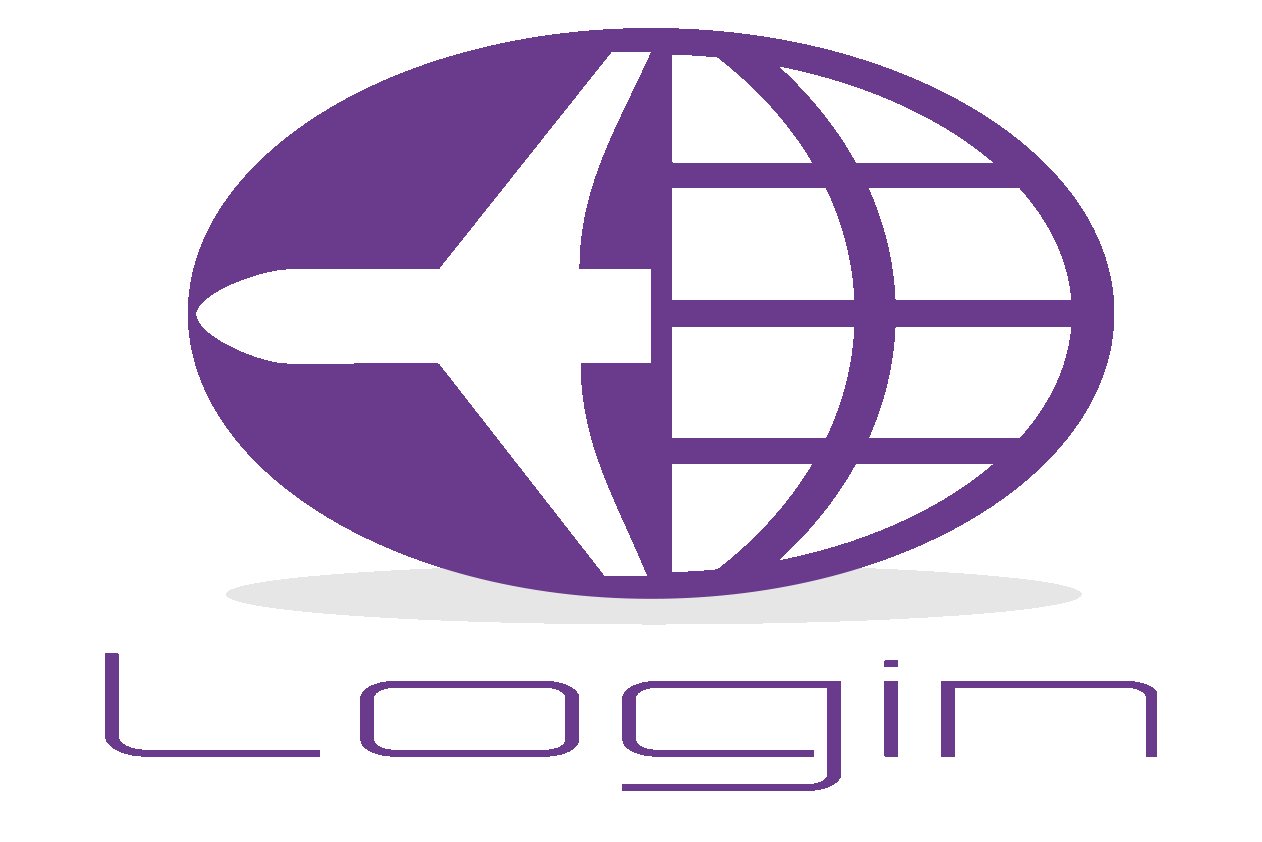Quiet Roar : The Resurgence of Supersonic Travel
A new era of supersonic flight is here and the X-59 aircraft, designed and managed by NASA is a considerable contender. Their goal is mitigate sonic booms and transition them into quieter sonic "thumps," the X-59 has been unveiled, bringing the prospect of commercial and business supersonic flights over land one step closer to reality, and with that said, yes, the future is upon us.
Supersonic flights, characterized by aircraft traveling at speeds surpassing the sound barrier, have a rich history and are poised for a potential comeback with cutting-edge innovations, one of the most iconic commercial supersonic aircraft in history was the Concorde, operational from 1976 to 2003. However, it faced retirement primarily due to economic and environmental considerations. In 1997, Dassault Aviation was considering a Mach 1.8 supersonic business jet powered by three non-afterburning engines derived from subsonic aircraft, with a cabin similar to the Falcon 50, capable of flying between Paris and New York.[1] With a 40 t (88,000 lb) MTOW and over 20 t (44,000 lb) of fuel, it would cover a range of 7,200 km (4,500 nm)
The cockpit is located almost halfway down the length of the aircraft – and does not have a forward-facing window. Instead, the Quesst team developed the eXternal Vision System, a series of high-resolution cameras feeding a 4K monitor in the cockpit.
Preventing shock waves from merging into a loud and disruptive sound, the X-59 keeps these waves separated, allowing them to rapidly weaken. While the X-59 itself is not a prototype for future aircrafts, its quiet supersonic technologies could potentially be applied by manufacturers.
The F414-GE-100 engine, which will power NASA’s X-59 Quiet SuperSonic Technology X-plane (QueSST) in flight, is unboxed at NASA’s Armstrong Flight Research Center in Edwards, California.
Testing and SurveysThe pilots from Lockheed Martin Company are set to conduct initial subsonic flight tests in 2024. Subsequently, NASA pilots will perform supersonic flight tests over yet-to-be-selected communities in the United States. Surveys conducted during these flights will provide valuable information to regulators on how to reopen the skies to supersonic flights.
Looking AheadThe X-59, crafted by Lockheed Martin Aeronautics Company at its Skunk Works facility in Palmdale, California, marks a significant leap in supersonic aviation. Managed by NASA, the #Quesst mission associated with the X-59 showcases a collaborative effort towards advancing the future of air travel. For the latest updates on this groundbreaking project, visit nasa.gov/quesst
At Login Aviation, we are evolving with the technological advancements in the aviation world to offer products that adapt to new aeronautical eras




